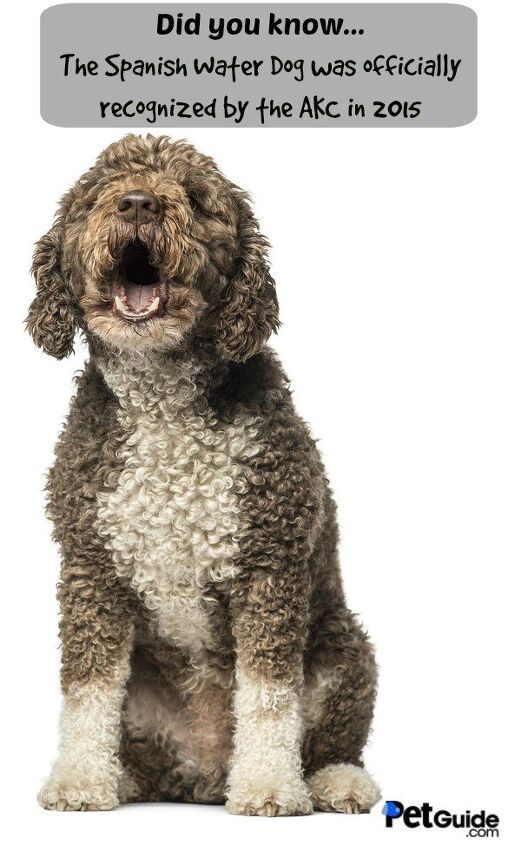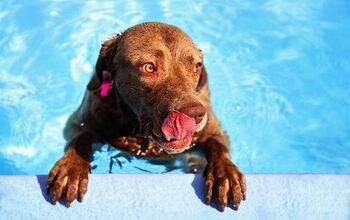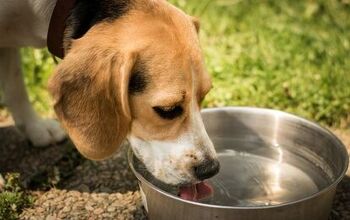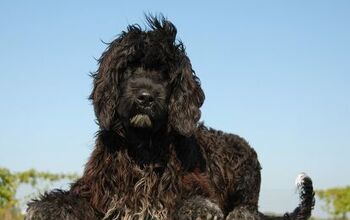Spanish Water Dog


About Spanish Water Dog
If you were to imagine a medium-sized dog with thick, curly fur and a penchant for herding, you might be thinking of the Spanish Water Dog. These dogs are an old Spanish breed that has been used for herding for many centuries. The Spanish Water Dog is a highly intelligent breed that does best when given a job to do but, at the end of the day, they love nothing more than to spend time with family.
The Spanish Water Dog is a highly intelligent breed that does best when given a job to do.
There are a variety of theories that exist regarding the origins of the Spanish Water Dog, but most theories suggest that the breed has been present in the Iberian Peninsula for many centuries. In Southern Spain, the Spanish Water Dog is known as the “Andalusian Turk” and it is thought to have been brought over with Turkish shepherds. Several populations of the breed have been traced back to various regions in Spain including one in Northern Spain which became known as the Cantabrian Water Dog. The group from the southern Andalusia sierras was the largest group, known for its strength and herding skills. The Spanish Water Dog was revived during the 1970s in Spain and, in 1985, it was finally recognized by the Spanish Kennel Club.
The Spanish Water Dog is an ancient breed whose origins can be traced back to the Iberian Peninsula around 1,100 AD. This breed was historically used for herding and various populations of the breed were combined to create a well-balanced breed with all the desired traits for herding.
The Spanish Water Dog is a medium- to large-sized breed, so it should be offered a dog food that has been formulated to meet the energy requirements of large-breed dogs. Spanish Water Dogs are also a highly active breed so, especially if you intend to train your dog for herding or other dog sports, you may want to consider an active breed formula.
These dogs have strong natural herding and guarding instincts so they do best when given a job to perform.
The Spanish Water Dog is an intelligent breed so it typically responds well to training. These dogs have strong natural herding and guarding instincts so they do best when given a job to perform. This breed can become fairly territorial and protective of family, so early socialization and training is needed to prevent the Spanish Water Dog from becoming wary around strangers. If trained and socialized from an early age, these dogs can get along well with children and household pets.
Related: Portuguese Water Dog
At maturity, the average male Spanish Water Dog stands between 17 and 20 inches tall and weighs 40 to 50 lbs. The female Spanish Water Dog stands about 16 to 18 inches tall and weighs between 30 and 40 lbs. at maturity.
The Spanish Water Dog is a friendly and affectionate breed with family, but it can be somewhat aloof or suspicious around strangers if not properly trained. These dogs enjoy spending time with family and they require a good deal of daily exercise. This breed does not do well when left alone for long periods of time – they require a good bit of human interaction to thrive. These dogs are sometimes referred to as “Velcro dogs” because they tend to stick so close to family. Spanish Water Dogs are best suited to individuals or families who lead an active lifestyle and mental stimulation is incredibly important because they are so intelligent.
The Spanish Water Dog is generally a healthy and hardy breed but, like all breeds, it is prone to developing certain health problems. The health concerns most likely to affect the Spanish Water Dog breed include hip dysplasia, allergies, glaucoma, PRA and hypothyroidism. Responsible breeding practices and genetic testing can help to greatly reduce the risk for these and other inherited diseases in the Spanish Water Dog.
Related: Puli
The average life expectancy of the Spanish Water Dog is about 14 years.
Because the Spanish Water Dog is a herding breed it has fairly high requirements for exercise. These dogs require at least 30 minutes of moderate exercise per day plus some active play time, if possible. Training these dogs for herding or other dog sports is a great way to meet both their physical and mental stimulation needs.
The Spanish Water Dog is a friendly and affectionate breed with family, but it can be somewhat aloof or suspicious around strangers if not properly trained.
In 2005 the American Kennel Club (AKC) admitted the Spanish Water Dog into the AKC Foundation Stock Service and, in 2008, it began to compete in the Herding group for dog agility trials. In 2012 the breed was moved to the Miscellaneous group and, as of January 1, 2015, the Spanish Water Dog is now officially recognized by the AKC in the Herding Group.
The Spanish Water Dog has a curly, hypoallergenic coat which, when allowed to grow, forms cords. It is not recommended that you brush or clip the coat of this breed – it is preferred natural. These dogs come in a variety of colors including solid black, grown, white, and beige or any combination of one of these colors with white. The breed standard prohibits tri-colored dogs.
Spanish Water Dog puppies are always born with curly hair and, as they mature, the curly hair starts to form thick cords. Early socialization and training is essential for Spanish Water Dogs because they have a tendency to become aloof around strangers if not properly socialized. This breed can do well around household pets and children if properly socialized while young.
Photo credit: otsphoto/Shutterstock; Life on White/Bigstock.com; Teemu Tretjakov Photography/Bigstock.com

Kate Barrington is the loving owner of two cats (Bagel and Munchkin) and a noisy herd of guinea pigs. Having grown up with golden retrievers, Kate has a great deal of experience with dogs but labels herself a lover of all pets. Having received a Bachelor's degree in English, Kate has combined her love for pets and her passion for writing to create her own freelance writing business, specializing in the pet niche.
More by Kate Barrington

























